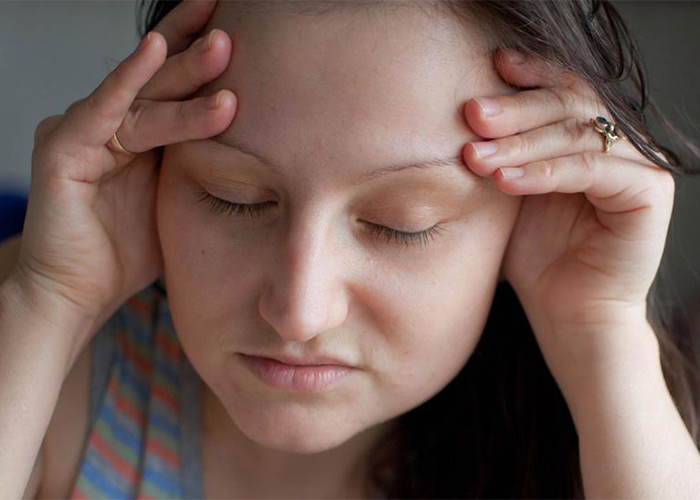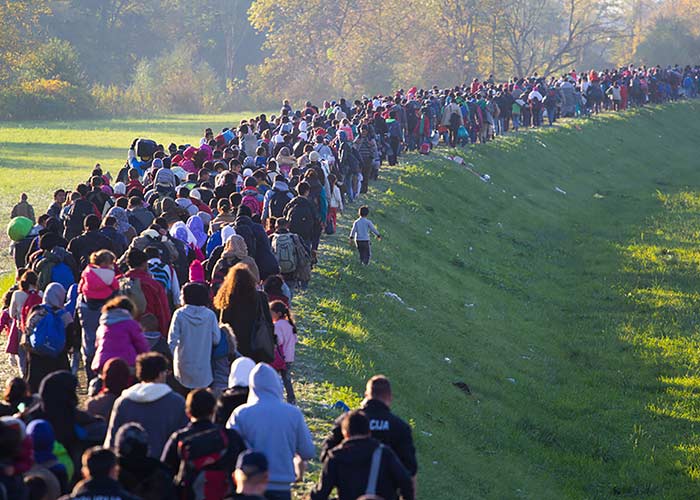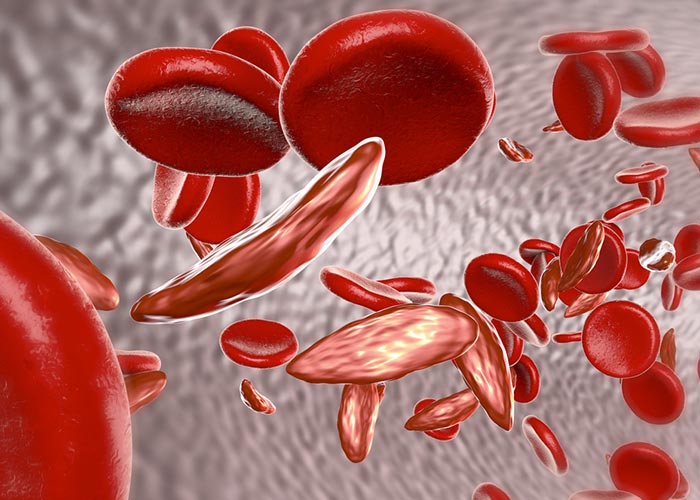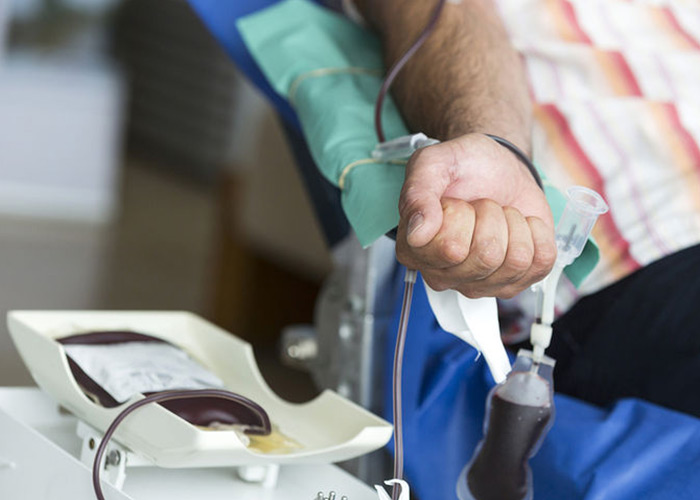National integration indicates the feeling of common identity amongst the people of country even after being from different races, cultures, religions or regions in order to build a strong and developed nation. It promotes the unity in diversity and feeling of oneness amongst people to a great level. It brings a type of racial and cultural similarity among people of different community. It can be said that the unity which was displayed during the Indian Independence movement amongst the common Indian people against the British Rule.
India is counted as one of the large country in the world which is famous for its 2nd largest population all over the world and around 1652 spoken languages and dialects. It is the country including all major religions of the world such as Hinduism, Buddhism, Christianity, Jainism, Islam, Sikhism and Zoroastrianism with the varieties in culture, food habits, tradition, costume and social customs. It is a diverse country having great differences in the climate. Instead of being all major differences in this country, each part of it is governed very peacefully by the same Constitution.
However, many bad forces come to the way of national integration which creates the feeling of conflicts among people of different sects and results in the damage of unity and barrier to the progress. Socialism is one of the great barrier come to the unity and progress. The best example of it was the separation of Pakistan in 1947 during the Indian independence which finished the lives of many people and their homes.
The main point of the British authority to rule the India was communalism; they divided the Indian Hindus and Muslims and ruled it for long. Now, it is very sad to say that even after being an independent country, the communal feelings have not gone from the mind of Indian people which is a big reason to why we celebrate the National Integration Day annually to try the single bit of efforts to finish away the communalism from India. This is the reason why we are still counted as the developing country and not a developed country even after more than the fifty years of independence.
Linguistic differences and casteism are also the main points of creating threat to the Indian unity. People from one religion and caste support the same whereas oppose the others which hinders their progress and development to the great extent. The great examples of these are the job appointments, political elections and admissions to the educational institutions have involved the caste considerations. Even people avoid interacting to the people of other castes.
Instead of being various forces which threaten our unity there is an Indian Constitution, founded by the Father of the Indian Constitution (Dr. Bhimrao Ramji Ambedkar), has the ability to resolve all these threats through the Democracy, Secularism and Social Equality which are counted as the important forces promoting the national integration. National Integration celebration on annual basis brings an opportunity to everyone to develop the tolerance and understandings amongst the people for the other religions.
Various National level event celebrations and National Symbols such as the National Flag, the National Emblem and the National Anthem are also acts as the forces promoting the unity.
National Integration Day 2019
National Integration Day 2019 will be celebrated at Tuesday, on 19th of November.
Many camps and programmes were organised across the nation to commemorate the Iron Lady of India, Smt. Indira Gandhi. The Kendriya Vidyalaya, Delhi organised a three day national integration camp which was inaugurated by the Union Minister Rajyavardhan Singh Rathore. The theme for this camp was ‘Ek Bharat Shresta Bharat’. Around 1600 students and 175 teachers from all Kendriya Vidyalaya across the country took part in the three days camp.
Various seminars, meetings and symposium were conducted on the National Integration Day with an emphasis on unity, secularism and non-violence.
National Integration Day
National Integration Day is observed every year on 19th of November all over the India. It is celebrated as the birthday anniversary of the first woman prime minister of the India Indira Gandhi. The office members of the different departments of the district administration get together at one place to take pledge to ensure the common harmony in the society. Officially, the flora tribute is offered at every national integration day on the statue of late Prime Minister.
It is celebrated to enhance the love and unity among people all across the India. As after getting the independence of the country, the people living in India are not independent, they are still slaves somehow. Some of the politically motivated youths of the country are continuously disrupting the unity and communal harmony of the people in society. National integration day is also renowned as the Quami Ekta Divas to remember the birthday celebration of the first woman prime minister of the India.
What is National Integration Council
The National Integration Council of India, is an assembly of the senior politicians and public figures, was established to fulfill the needs of addressing the problems like casteism, communalism and regionalism in India. It was first established in the conference organized by the first Prime Minister of India, Jawaharlal Nehru, in 1961 aiming to fight problems dividing the unity as well as hindering the progress of country.
It was reconstituted in the month of April in 2010 having 147 members under the Prime Ministership of Manmohan Singh. The meeting is held time to time by the members of the national integration council to discuss the elimination of discrimination, promotion of communal harmony as well as the control of communalism and violence from the country.
Aims of National Integration Day
- National Integration Day is celebrated every year to encourage people about the unity, peace, love and brotherhood among them.
- To promote the harmony among Indian people instead of being diversity in the Indian society in terms of culture, multiple languages, religions, geographical diversity and etc.
- To bring together the youths and other people of the various religious back ground, social, cultural, economical and education to the camp to mix up with each other, understand and work in a group.
- To develop better understanding among youths about diverse perceptions, faiths and life styles to strengthen the unity of people in society.
How it is Celebrated
National Integration Day is celebrated every year in India by conducting variety of programmes and activities like Inter State Youth Exchange Programme (ISYEP), National Integration Camp (NIC), National Youth Festival, National Youth Award and etc. Symposium, seminars, cultural activities are organized to deal with issues related to the national integration. Research activities and publications are held in the camp. Variety of community services are done by youths of different social backgrounds, regions, faiths and religions. Such youths are also given leadership training at the camps. Various other programs are organized to the camps to promote the public harmony and national unity.
About Indira Gandhi
Indira Gandhi, a first woman prime minister of India, was born at 19th of November in the year 1917 in Allahabad. She was the daughter of the first Indian prime minister Pandit Jawaharlal Nehru. She got her higher education from the Vishwa Bharati University and Oxford. She was very interested to the political life from her childhood which came true one day.
She got married to the Feroze Gandhi in 1942 and got an opportunity to become Congress Working Committee member in the 1955. Indira Gandhi was a great political leader and thus selected as President in the year 1959. She also became a Cabinet member of the Lal Bahadur Shastri as the Minister for Information. After the sudden death of the Shastri Ji in 1966 at Taskant, Russia, she was selected as the Prime Minister of India.
She played a major role in strengthening the Indian democratic structure and tradition. She handled the war of 1971 against Pakistan and win. She did hard towards the Indian economy to get the declared objectives. She worked a lot for the democratic socialism and weaker sections. Signing of the Shimla Pact with Pakistani Premier Z.A. Bhutto, Indo-Soviet Treaty of Peace, Friendship and Cooperation was done under her leadership. Under her leadership the first nuclear tests at Pokhran took place. First Asian Games in the New Delhi, first Astronaut Squadron Leader, Rakesh Sharma had went to the Space and the growth of the Indian Space Research and Peaceful Nuclear development gone under her proficient guidance.
She was very much interested in the music, literature and fine arts. She was awarded with the great Indian award Bharat Ratna in 1971. She has proved to be a fascinating leader of the modern India who has left an impression on the world affairs and the Non-alignment Movement. She was died on 31st of October in 1984 by the bullets of assassin at her residence.
National Integration Day in India
India is a country with huge cultural, religious and linguistic variations. Every Indian state is different with the other in cultures followed and languages spoken; thereby, making India one of the largest culturally, ethnically and linguistically diverse nation in the world.
India has a population of 135 Crore (as on 1 November 2018); which constitute people following four major (Hinduism, Islamism, Sikhism, Christians) and various other religions (Jainism, Buddhism and other religions having ethnic roots). This is not all; India is home to 645 tribes with each one having its own beliefs, languages and culture.
India is also home to at least 2000 major ethnic groups, speaking 780 different languages; a feat only second to Papua New Guinea with 839 languages.
How can so many people with different religions, culture, ethnicity, speaking languages which they don’t mutually understand; live in peace and harmony, following a uniform law? What binds them together to make India the largest successful democracy in the world? The answer lies in the spirit of unison that they share irrespective of their religion, culture or beliefs.
It is this spirit of togetherness and unity that we celebrate on ‘National Integration Day’.
The date for the celebration has been decided to be 19th November every year, which is also the birth anniversary of Smt. Indira Gandhi; independent India’s third and also the first woman Prime Minister.
The day was chosen to honor her for the efforts she had made towards the technological and social development of the nation during her tenure as the Prime Minister. She did a commendable job in improving India’s foreign relations with world powers and also promoting home based organizations such as ISRO (Indian Space and Research Organization, was established during her tenure) and DRDO.
Smt. Indira Gandhi was also instrumental in creating job opportunities for youths and implementing programs like ‘Anti Poverty Programs’; for the upliftment of the poor of India and bring them to main stream. Such programs were implemented throughout India, which further strengthened the trust of people in a central government.
Importance of National Integration Day
The National Integration Day reminds us the very reason due to which we are today one of the world’s greatest democracy. It reminds us in case we forget; that the only way to progress is to progress together. The growth as well as safety of India lies in its religious, cultural, ethnic integrity.
It is only because we are together; that we are today one of the world’s largest economies and has all the ingredients of becoming the world’s super power. All this would not have been even dreamt of if we would be fighting and quarrelling among ourselves; based on religion, culture and other differences.
Like we set a reminder on our phones, to remind us of an important meeting or to make a much needed phone call; the same way National Integration Day reminds us of the trust and understanding that we share with our fellow citizens. We came so far because we were together and we can progress further if only we stay together. It teaches us to shun our religious and demographic differences and to contribute in whatever way we can, in the progress of the nation; leaving no community or individual behind.
National integration Day also commemorates the efforts of Smt. Indira Gandhi as the Prime Minister of India; towards, building a strong and over all- a united nation.
National Integration Camp
National Integration Camp is an initiative taken by the NCC (National Cadet Corps) towards promoting cultural harmony and promoting equality. The main objective behind organizing such camps is to bridge the cultural divide between different states, religions and ethnicities; doing justice to the NCC’s motto ‘Unity and Discipline’.
Each year NCC chooses some of its best cadets from among its 17 directorates located in different parts of India; and provides them a single platform to interact and help bridging the communal divide. Many events are organized to make them familiar with the culture the culture of each other and the values that they share and should respect.
Lately, many nationalized schools have also taken up to celebrating the national Integration camp to promote harmony and peace. Students belonging to different states and totally different cultures and financial backgrounds; stay together under one roof and take part in various events. The events are organized to improve their knowledge on the diversity of India and to instill in them the need for national integration and national unity.
National Integration Day Theme
The National Integration Day is celebrated every year with the theme of national integrity, secularism, non-violence and communal harmony. The theme helps to celebrate this day by showcasing the Indian tradition of Unity in Diversity by promoting cultural integration among people.
Related Information
Speech on National Integration
Slogans on National Integration
Challenges to National Integration in India
Youth and National Integration in India






